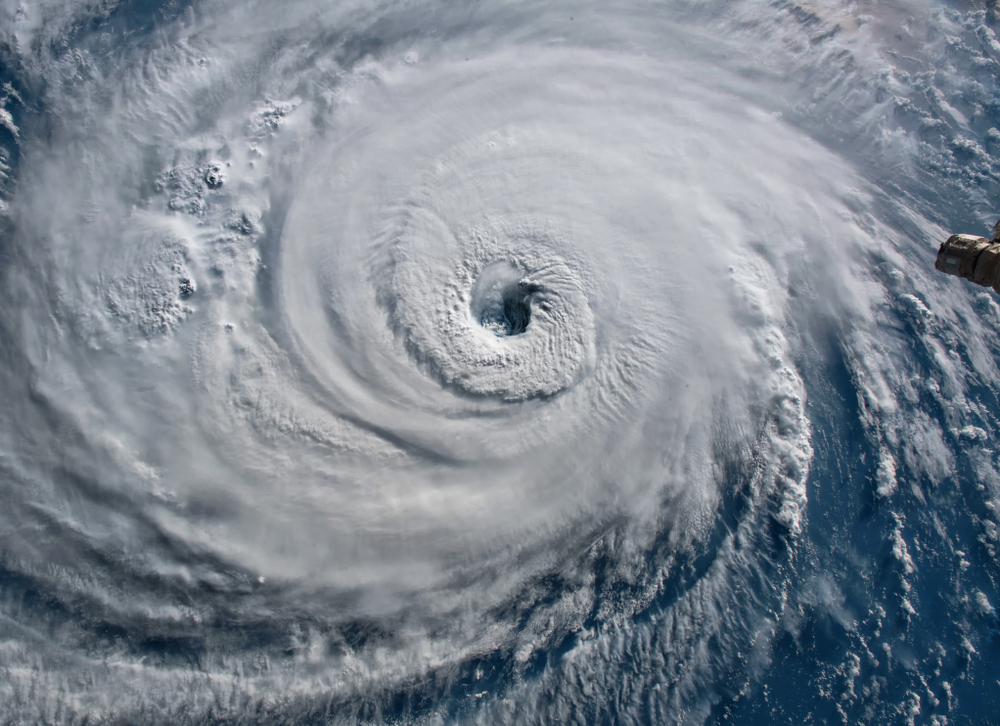Back to Basics is a weekly feature that highlights important but possibly overlooked information that any EHS professional should know. This week, we examine hurricane preparedness and how to develop emergency response plans for when hurricanes and other emergencies occur.
Hurricanes are a form of tropical storms that have circulating air and wind speeds between 74-155+ miles per hour. According to OSHA, areas around the Gulf of Mexico, the Atlantic Coast, and certain parts of the Southwestern United States are at risk for hurricanes. As hurricane season begins, it is important for businesses to be prepared for the devastating safety hazards that hurricanes can cause when they make landfall.
Hurricane information
Hurricanes are classified into Categories 1 through 5 based on wind speed. According to OSHA, all category hurricanes are dangerous and require preparatory measures, but Category 3 and higher hurricanes are considered to be major hurricanes because of their capability to cause severe damage and loss of life. The Saffir-Simpson Hurricane Wind Scale is used to measure wind speed and to determine a storm’s category, however it does not take into account other devastating hazards that can happen due to hurricanes, such as a storm surge, rainfall flooding, and tornadoes.
It is crucial that management and safety leaders know the warning terms used for hurricanes, and the local community’s emergency plans, warning signals, and shelters. For instance, employers should know the difference between a hurricane or tropical storm watch and a hurricane or tropical storm warning. A hurricane watch is put into effect when a hurricane or tropical storm is possibly in the area, whereas a hurricane warning means that a hurricane is expected to reach the area, usually within 24 hours. Businesses should be ready to evacuate and follow instructions from the local authorities when necessary.
Preparation
Employers are responsible for providing an evacuation plan to ensure that workers can get to safety in the case of a hurricane, says OSHA. The evacuation plan should consist of:
- Conditions that will trigger the plan
- The chain of command
- Emergency functions and who performs them
- Specific evacuation procedures, routes, and exits
- Procedures for accounting for all employees, customers, and visitors
- The necessary personnel equipment
The evacuation plan should be a part of a larger emergency response plan, which should clearly outline the duties of the emergency response team during an emergency. When an emergency occurs, such as a hurricane, the first priority is life safety, which involves evacuation, sheltering, sheltering-in-place, and lockdown, says Ready.gov. The second priority is stabilization of the incident, which can consist of first aid, CPR, fire extinguisher use, small chemical spill containment, and building supervision in order to reduce further damage.
According to Ready.gov, the first step to take when developing an emergency response plan is to conduct a risk assessment to identify potential emergency situations. This will help determine resource requirements and the plans and procedures that will prepare an organization for emergencies. Then, the available resources, both internal and external, should be assessed and documented, and the information that is necessary for external resources to handle an emergency should be identified and documented as well. Leaders must then prepare emergency procedures for the potential future hazards and threats using guidance from OSHA.
Employers whose workers are part of the emergency response operations for releases of hazardous substances regardless of the location of the hazard must comply with OSHA’s Hazardous Waste Operations and Emergency Response (HAZWOPER) standard, even if there is only a substantial threat of releases, OSHA states.
In terms of equipment, OSHA recommends getting emergency supply kits and keeping them in hurricane shelter locations. According to Ready.gov, a basic emergency supply kit consists of:
- Food and water
- Battery-powered radio
- Flashlight
- First aid kid
- Extra batteries
- Whistle to call for help
- Dust mask
- Moist towelettes, garbage bags, plastic ties
- Wrench or pliers
- Local maps
- Cell phone with chargers and backup battery
Employers should be ready for their workers to have to shelter at work for at least 24 hours, and employees should make sure they have prescription medications and any other necessary items they may need ready to go at a moment’s notice.
Management should train their personnel so that everyone knows what to do in case of emergency. Leaders should make sure that the evacuation plans are practiced regularly, and that plans and procedures are continually updated based on lessons learned from exercises. Ready.gov also recommends facilitating exercises to practice the emergency response plan so that everyone is fully prepared to execute the plan properly when a real emergency occurs.
For more information on OSHA’s recommendations for hurricane preparedness, click here, and for more on training exercises for emergency response plans, click here.

